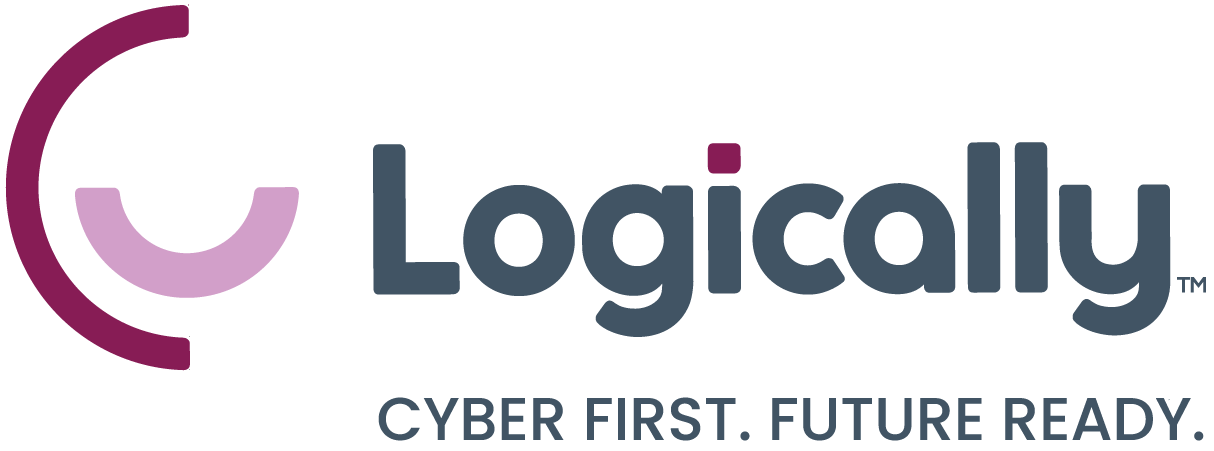
By Alex Burton
Microsoft 365 is a powerhouse productivity suite that can dramatically transform any organization's efficiency, collaboration, and security. For nonprofits specifically, Microsoft offers highly discounted—or even free—access to some of its best tools. But, like any powerful technology solution, there are hidden perks and pitfalls unique to nonprofit organizations. Let’s dive deep to uncover both.
The Hidden Perks
1. Significant Cost Savings
Nonprofits have access to generous discounts from Microsoft, including free donated licenses of Microsoft 365 Business Basic and significantly reduced costs for Business Premium or Enterprise plans. These savings enable nonprofits to allocate more resources to their core missions rather than operational costs.
2. Advanced Collaboration Tools
With Microsoft Teams, SharePoint, and OneDrive, nonprofit teams can seamlessly communicate, collaborate, and share resources across locations. Features like real-time co-authoring of documents, integrated video conferencing, and seamless file sharing dramatically enhance productivity and remote work capabilities.
3. Enhanced Security and Compliance
Microsoft 365 includes advanced security features like built-in threat protection, data encryption, and compliance management tools. For nonprofits handling sensitive donor or beneficiary information, this robust security posture can be a game-changer, reducing the risk of data breaches and regulatory fines.
4. Nonprofit-Specific Resources
Microsoft offers specialized nonprofit portals, training sessions, and communities designed to help organizations maximize their use of Microsoft 365. Resources such as the Microsoft Tech for Social Impact group provide tailored support to meet the unique challenges nonprofits face.
5. Azure Credits and Grants
Eligible nonprofits can also receive Azure cloud credits, allowing organizations to run applications, websites, and services more efficiently. Combined with Microsoft 365, nonprofits have a powerful suite of cloud-based solutions at minimal cost.
The Hidden Pitfalls
1. Complexity and Overwhelming Options
The sheer breadth of Microsoft 365 can overwhelm nonprofits, particularly those without dedicated IT teams. Navigating the different license options, features, and add-ons can become complex quickly, often leading organizations to underutilize available resources or overspend on unnecessary features.
2. Training and Adoption Barriers
Nonprofit staff often juggle multiple responsibilities, and adding new technologies can be disruptive if not managed carefully. Without adequate training and user adoption strategies, organizations risk low user engagement, which can undermine the potential benefits of Microsoft 365.
3. Data Governance and Compliance Challenges
Nonprofits often handle sensitive data requiring strict compliance with laws like GDPR or HIPAA. Microsoft 365 provides the tools for robust compliance management, but proper configuration and ongoing oversight require expertise many nonprofits might not have readily available, potentially leading to compliance risks.
4. Dependence on Connectivity
Microsoft 365 relies heavily on cloud connectivity. Nonprofits operating in remote or rural areas with limited or unstable internet connections might experience frustrations or productivity losses due to connectivity issues. This consideration is crucial for nonprofits serving global or remote communities.
5. Scalability Misalignment
As nonprofits grow, their technology needs evolve rapidly. Without regular assessments and adjustments, nonprofits might find their current Microsoft 365 setup inadequate or inefficiently aligned with their scaling needs, potentially leading to overspending or compromised operational effectiveness.
How Nonprofits Can Maximize the Benefits and Mitigate Pitfalls
To fully harness Microsoft 365, nonprofits should:
- Engage Expert Guidance: Consider partnering with technology consultants who specialize in nonprofit implementations. These experts can help select the right licenses, configure tools optimally, and ensure security and compliance.
- Prioritize Training and Adoption: Invest in regular staff training and adoption programs. Microsoft’s training resources, combined with peer training sessions and user champions within the organization, can significantly enhance adoption and effective use.
- Establish Clear Governance: Develop clear data governance and security policies early. Regular audits and policy updates ensure ongoing compliance and help mitigate risks.
Final Thoughts
Microsoft 365 for nonprofits is a powerful offering, rich in potential but not without its complexities. By understanding and actively managing both the hidden perks and pitfalls, nonprofits can leverage these tools to significantly boost their effectiveness, security, and overall impact. With thoughtful planning and ongoing management, the benefits can far outweigh the challenges.
Partnering with Logically can be the transformative step your nonprofit needs to fully unleash the potential of Microsoft 365 while mitigating its challenges. With a proven track record of supporting mission-driven organizations, Logically provides tailored IT solutions, expert guidance, and proactive management to help you navigate complexities, ensure compliance, and scale effectively. Reach out to Logically today to empower your nonprofit with technology that drives impact and amplifies your mission.
Sources
- https://nonprofit.microsoft.com/en-us/getting-started
- https://www.microsoft.com/en-us/nonprofits/microsoft-365
- https://www.microsoft.com/en-us/nonprofits/offers-for-nonprofits
- https://www.microsoft.com/en-us/nonprofits
- https://www.techsoup.org/microsoft
- https://techcommunity.microsoft.com/blog/nonprofittechies/getting-signed-up-with-microsoft-nonprofits-program/4258744
- https://learn.microsoft.com/en-us/industry/nonprofit/overview

.png?width=960&length=960&name=Microsoft%20(1).png)
.png?width=960&length=960&name=Top%205%20New%20Teams%20Features%20to%20Boost%20Productivity%20in%202025%20(4).png)
